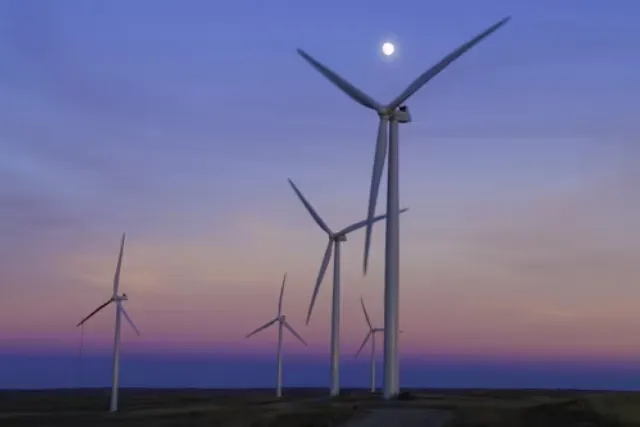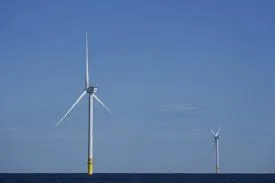
WASHINGTON — The Trump administration has moved to cancel plans to develop new offshore wind energy projects, reversing a key piece of the nation’s renewable energy agenda and dealing a significant blow to an industry that was positioned for rapid growth.
The Bureau of Ocean Energy Management (BOEM) announced this week that it will rescind more than 3.5 million acres of designated wind energy areas in federal waters. These offshore sites had been identified as prime zones for wind energy generation off the coasts of Texas, Louisiana, Maine, New York, California, Oregon, and the central Atlantic — all previously slated for lease sales under the Biden administration’s push for a clean energy transition.
The rollback halts the federal government’s practice of setting aside large swaths of ocean territory for what BOEM now calls “speculative wind development.”
The decision is part of President Trump’s ongoing campaign to reshape U.S. energy policy toward traditional fossil fuels and away from renewables like wind and solar.

Trump, who returned to office in January, wasted no time in undoing previous efforts to expand the offshore wind industry, signing a series of executive orders aimed at boosting oil, gas, and coal production instead.
The administration’s messaging has been openly hostile toward wind energy. An early order froze offshore wind lease sales and suspended permits, approvals, and federal loans for wind projects.
In announcing the new policy, the Interior Department emphasized it is aligning with Trump’s broader directive to strip away what it called “preferential treatment” for wind and solar ventures — labeling them as unreliable and dominated by foreign interests.
The Bureau of Ocean Energy Management echoed this stance in its statement, noting that it would no longer reserve federal waters for energy sources it deemed unfit to deliver consistent, affordable power.
This dramatic policy reversal has already triggered pushback from many states that had staked economic development goals on offshore wind.
Attorneys general from 17 states and the District of Columbia have filed suit in federal court, challenging Trump’s executive order halting new leases and permits for offshore wind construction.
Meanwhile, the rollback leaves in limbo multiple planned projects that would have built on the momentum of the nation’s first commercial-scale offshore wind farm — the 12-turbine South Fork Wind Farm, which began operations last year just east of Montauk Point, New York.

Some work on large-scale developments had already been disrupted under Trump’s initial freeze on leasing. A high-profile offshore wind project for New York was paused indefinitely before being allowed to resume in May — though it now faces renewed uncertainty.
Trump has long used misleading and inaccurate claims about wind power to justify his resistance to the sector, often downplaying its reliability and economic value despite global trends showing wind’s rapid growth as a major component of renewable energy portfolios.
The reversal also stalls President Biden’s five-year leasing roadmap, which aimed to dramatically expand offshore wind capacity as part of the U.S. commitment to slash greenhouse gas emissions and meet net-zero targets.
The outcome could ripple through coastal economies that had anticipated job growth and billions in new investment tied to manufacturing, ports, and supply chains for offshore wind.
For now, the rollback signals that the White House’s energy priorities have shifted decisively back to fossil fuels, raising new challenges for states and private developers hoping to maintain momentum in the offshore wind industry — one of the fastest-growing renewable sectors worldwide.
This story was originally published by The Associated Press in Rhode Island PBS.